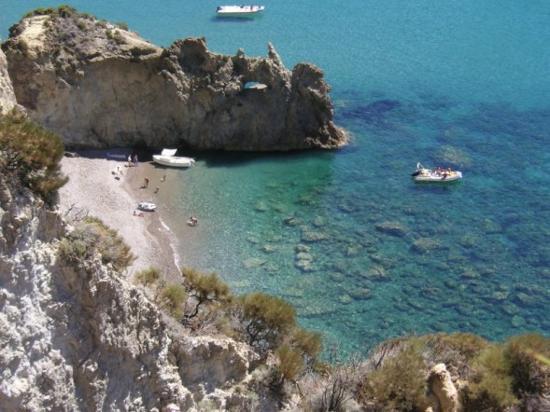
Former International Supermodel turned Celebrity Chef/Award Winning Author Maria Liberati, author of the best selling book series The Basic Art of Italian Cooking and the Gourmand World Cookbook Award Winner The Basic Art of Italian Cooking: Holidays & Special Occasions-2nd edition.
Blog Information and Disclaimer
Wednesday, July 23, 2008

Sunday, July 13, 2008
Le Marche

For more information about Le Marche, visit http://www.le-marche.com/.
Monday, July 7, 2008
Campania
The third largest city in Italy, Naples (Napoli) was founded in 600 B.C. and was once a Greek trading center. Its name originated from the Greek word Neapolis, meaning “new city.” Towering over Naples is Mount Vesuvius, the still active volcano that destroyed the infamous ancient city of Pompeii in 79 A.D. Some artifacts recovered from Pompeii, as well as other intriguing discoveries like 4th century B.C. tomb paintings, can be viewed at Museo Archeologico Nazionale di Paestum. The bustling, chaotic city of Naples is located on the shores of a beautiful bay and there is no better place to view the picturesque scenery than at the Castel Sant’Elmo, a star-shaped castle atop the area’s largest hill.
For those who crave to be surrounded with such beauty, Capri is quite literally an island paradise. Though accommodation there can be considerably pricey, the natural wonders visitors experience make it worth the cost. For over 2,500 years, tourists have been making their way to the island, including Julius and Tiberious Caesar, who had summer villas built there. Capri is rife with splendor. Of all its wonderful natural attractions, be sure not to miss Grotta Azzura (Blue Grotto). The Blue Grotto makes for a charming excursion; after entering (the entrance is only about 3 feet high), travelers will observe the brilliantly unique way that light refracts on the water, creating a display of colors and silvery reflections.
For more information about these and more destinations in Campania, a great site to visit is http://www.trips2italy.com/Campania.

